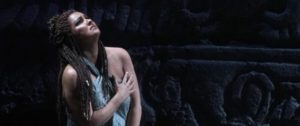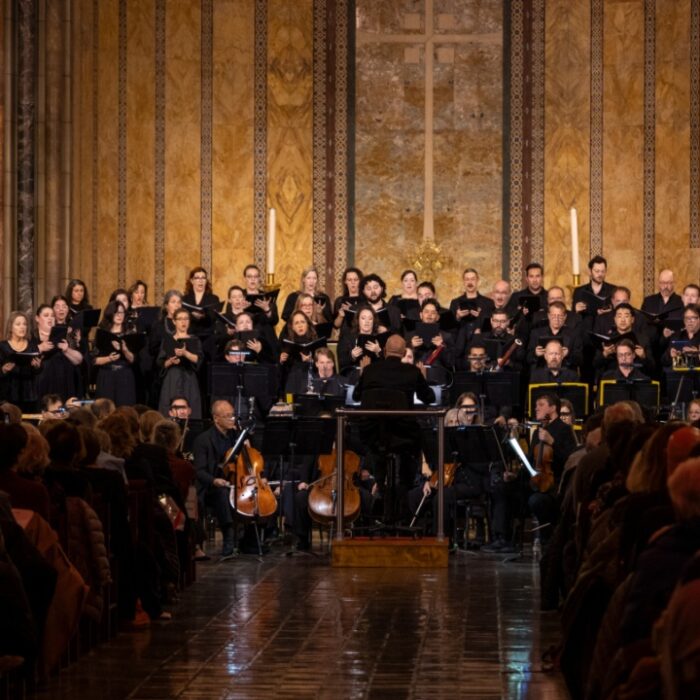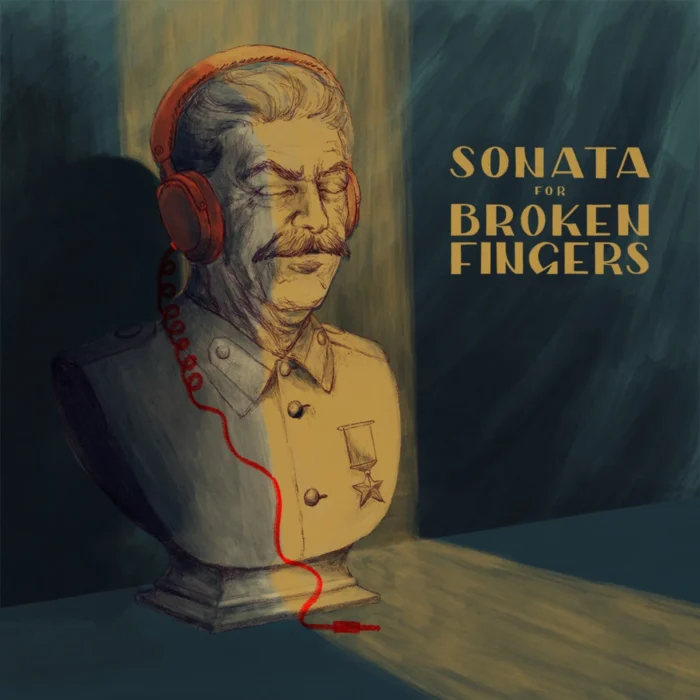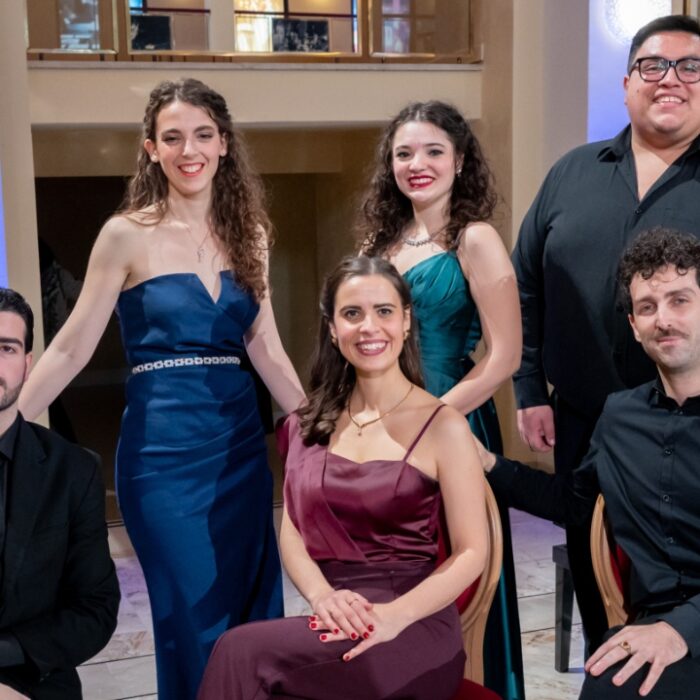
Teatro Real 2022-23 Review: Aida
Anna Netrebko Triumphs in Teatro Real’s Opening Production
By Mauricio Villa(This review is for the Oct. 30, 2022 performance with Anna Netrebko, Jorge de Leon, Ketevan Kemoklidze, Gevorg Hakobyan and Simón Orfila.)
The Teatro Real opened its 2022-23 season at the Madrid Coliseum with Verdi’s masterpiece “Aida” (the season had officially opened with five performances of Philip Glass Orphée at Teatro del Canal theatre). Anna Netrebko was originally set to sing only two performances, but a last-minute cancellation by Maria Agresta increased the number of shows the Russian soprano would sing. She was now set for five performances with a mixed cast of different tenors, mezzos, and baritones.
The Oct. 30 performance was her second with new castmates.
The Star of the Night
Anna Netrebko was the absolute star of the evening. Aida is a pure lyrical role (even when spinto or dramatic voices use to sing this role) and it suits the soprano perfectly. She possesses a dark velvety timbre with big projection and a marked vibrato. On this evening she offered long legato phrases and ethereal pianissimi high notes like the high C in her famous aria, “Oh patria mia” and the B flats of the final duet, “Oh terra addio.” Her voice sounded powerful in the most dramatic moments like her duet with Ammeris in the second act and her duet with Amonasro in the third act.
She contrasted that with a sweet and sorrowful tone in her duets with Radamès in the third and fourth act, as well as in her first aria, “Ritorna vincitor.” While Netrebko can sometimes acquire a distractingly slow vibrato in the middle and high register (between G and B flat), she managed to deliver bright secure high notes that seemed effortless.
After her third act aria “O Patria Mia,” there was a long ovation where the soprano unfortunately went out of character to bow to the audience, something which is rare (and should remain so) nowadays.
The Hero & Rival
The Spanish tenor Jorge de León performed the role of the hero Radamès. He has a dark, powerful voice with astounding, thunderous high notes. He sang the difficult score effortlessly delivering a showcase of strong B flats (and there are 32 B flats writtenin the score, plus a few optional B flats, even two B naturals that the tenor sang during the big concertante scene at the end of Act two) He managed to hold the final B flat of “Celeste Aida” nearly to the end of the orchestral music.
But his singing was just heroic and powerful, and Radamès demands a variety of dynamics. In fact, the final B flat of the tenor’s opening aria is written in “pp morendo” which means singing piano and doing a decrescendo. The final duet also demands singing B flats “dolcissimo.” But the Spanish tenor seemed to only be able to sing forte, with no variety of dynamics. It was wonderful to hear a powerful strong voice but I needed more.
There was a slow vibrato present in the middle and passaggio register, which is probably the consequence of singing dramatic heavy roles, but from A flat upwards his voice was secure, strong, and projected incredibly. His top register is so secure that it transmits a feeling of easiness and in the third act duet with Aida, “Pur ti riveggo, mia dolce Aida” he navigated the high tessitura between high G and A natural effortlessly.
The Georgian mezzo-soprano Ketevan Kemoklize portrayed the role of the pharaoh’s daughter Ammeris. She began the performance with modest volume and a sense of vocal insecurity. Her voice sounded fragile and weak in the opening scene and her duet with Aida in Act two. However, during the concertante scene her voice warmed up and during the Act four duet with Radamès, she sounded strong and powerful. She was dramatic and touching at the same time, although her final A natural in, ”Anatema su voi” sounded too open and strident.
Amonasro, the king of Ethiopia, was portrayed by the baritone Gevorg Hakobyan. His lyrical instrument seemed to be better suited for the long legato lines like “Ma tu re tu signore possente,” but lacked dramatic strength in his duet with Aida in Act three, especially on his phrase, “Non sei mia figlia, dei faraoni tu sei la schiava.” That line sounded weak and small, rather than menacing and accusatory.
Simón Orfila was a frightful Egyptian Priest with his strong voluminous voice, giving strength to the role. He delivered thunderous high Fs on his line “folgore, morte.”
Italian conductor Nicola Luisotti is a go-to when Verdi or Puccini are programmed at the Teatro Real. It could be said that playing loud is his trademark, but somehow, he managed to find a balance between the heroic music and the intimate emotional scenes. He found a balance between the singers and the orchestra (something which is not common in his work) reinforcing the singing of the performers with a detail-oriented orchestra. He also created extremely moving moments like the short prelude, the beginning of the third act, and the intimate final scene of the fourth act. The chorus of the Teatro Real, which was increased to 85 members, sounded forceful and solidly built delivering astonishing passages like the prayer scene in Act two and the triumphal march in the second scene of Act two.
Tradition
Prior to the opening of this production, the Teatro Real announced it was getting rid of blackface that was used in this production in 1998 and then in the revival during the 2017-18 season. The production was also being revamped by the original director Hugo de Ana. However, this was a timid revival with reduced sets and lots of video projections.
As noted, this production was staged in 2018 with the introduction of video projections and reduced the big amazing sets that de Ana originally conceived. I don’t understand why owning the original production, the Teatro Real chose this adaptation, which result in an overreliance on video projections. Furthermore, the use of projections required the use of a transparent curtain at the front of the stage which blurred the vision of most of the scenes and seemed to be uncomfortable for the singers.
But all complaints aside, the production works. It uses 21 dancers and 43 extras and represents all the glorious splendor of ancient Egypt. It also uses strong choreography and splendidly crowded scenes that make the production resemble a Zeffirelli staging. The details of the Egyptian sets make for a realistic historical approach. And it can’t be overstated how pleasing it is to see a beautiful classical production which is faithful to the score and libretto.
In all, Anna Netrebko triumphed in the Teatro Real’s “Aida,” starring in a beautiful production and with a solid cast of singers like Jorge de León, Ketevan Kemoklidze, Gevorg Hakobyan, and Simón Orfila under the veteran baton of Nicola Luisotti.


